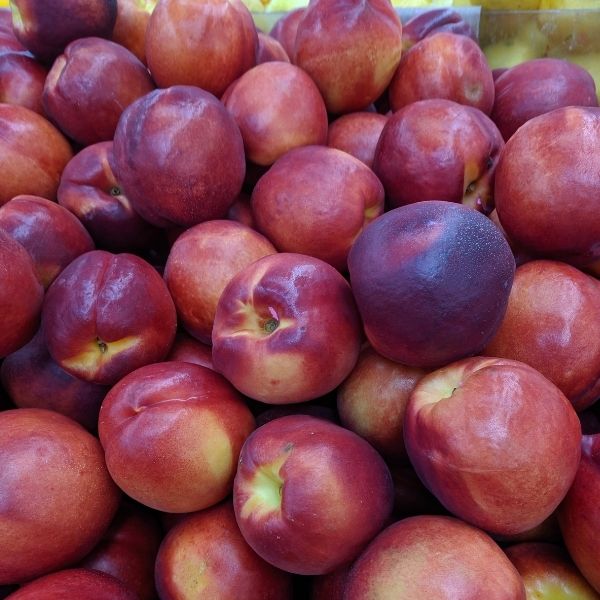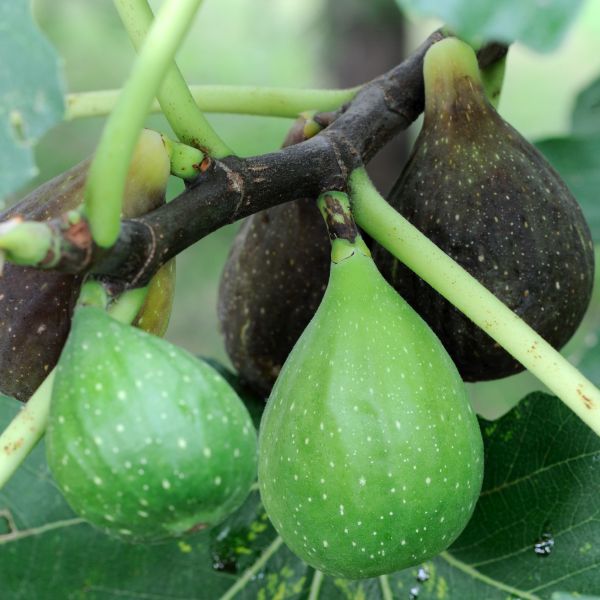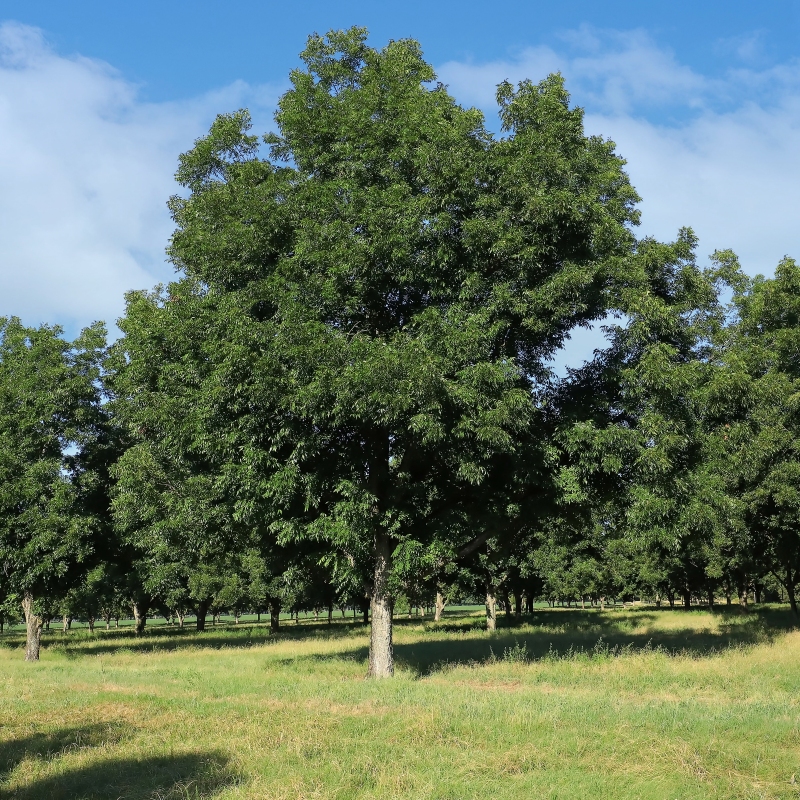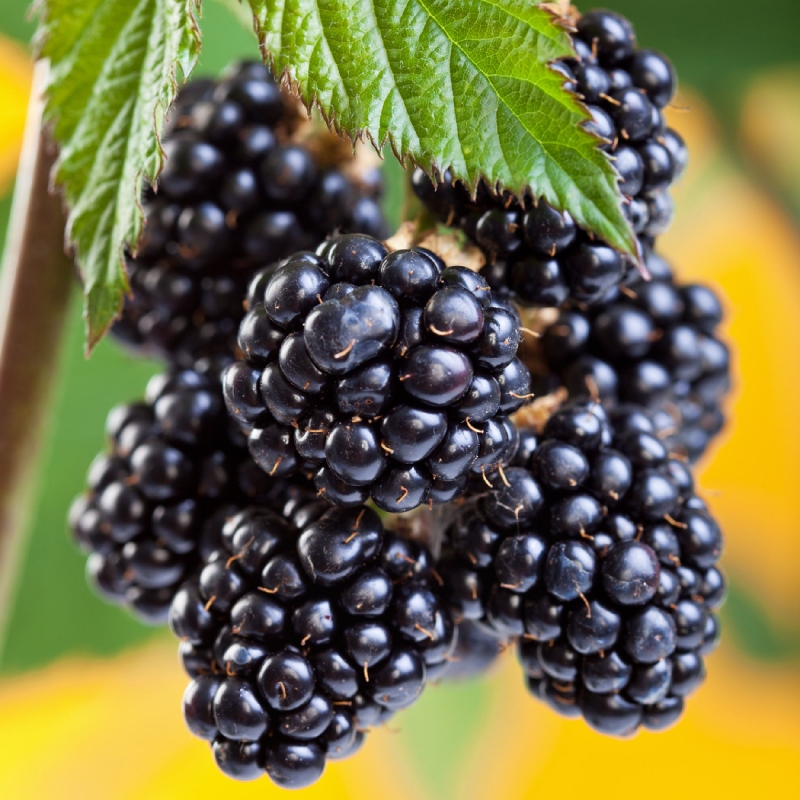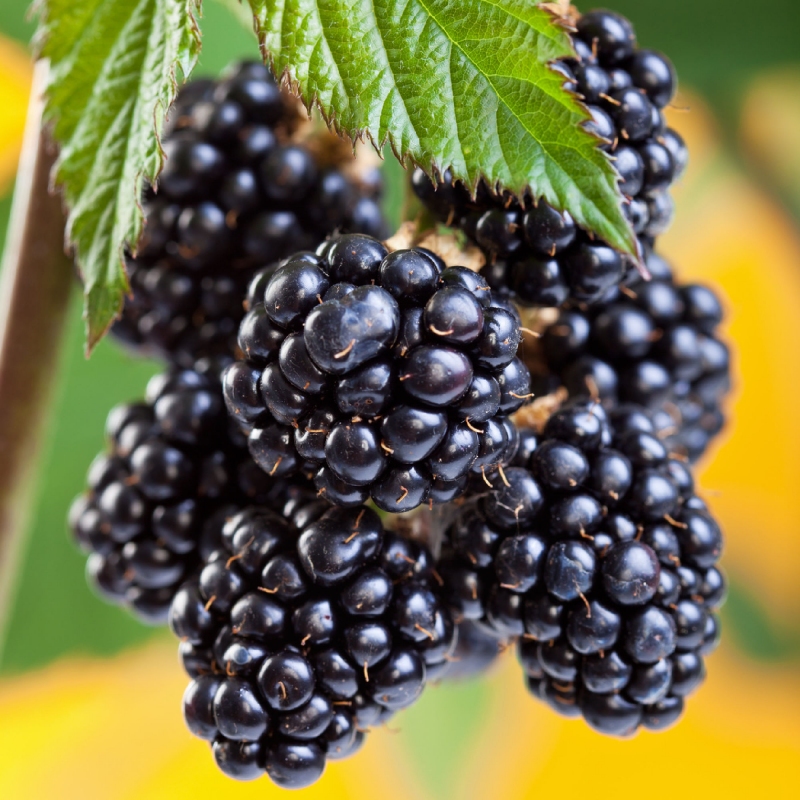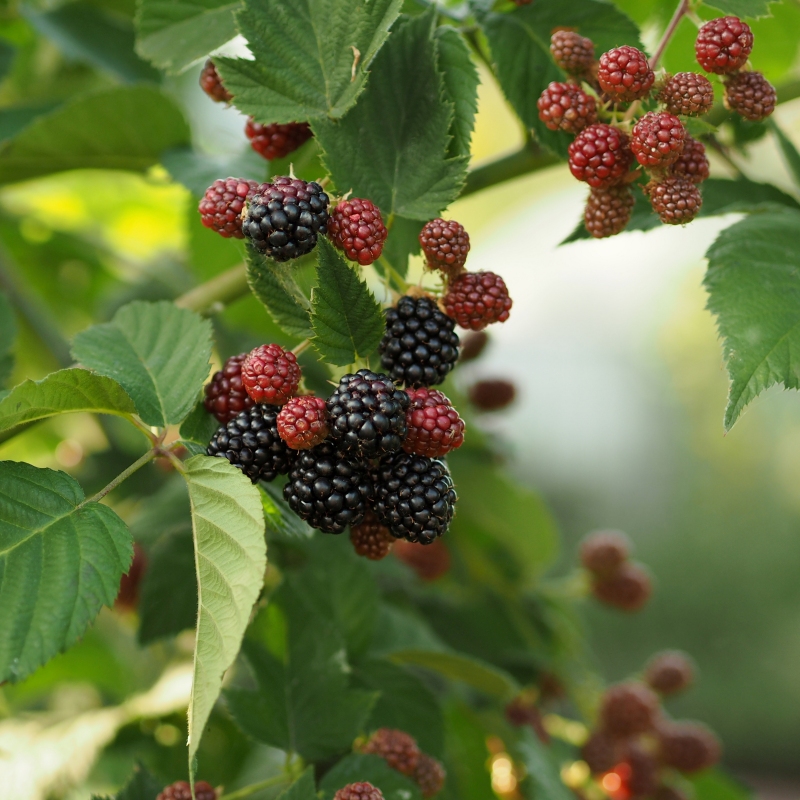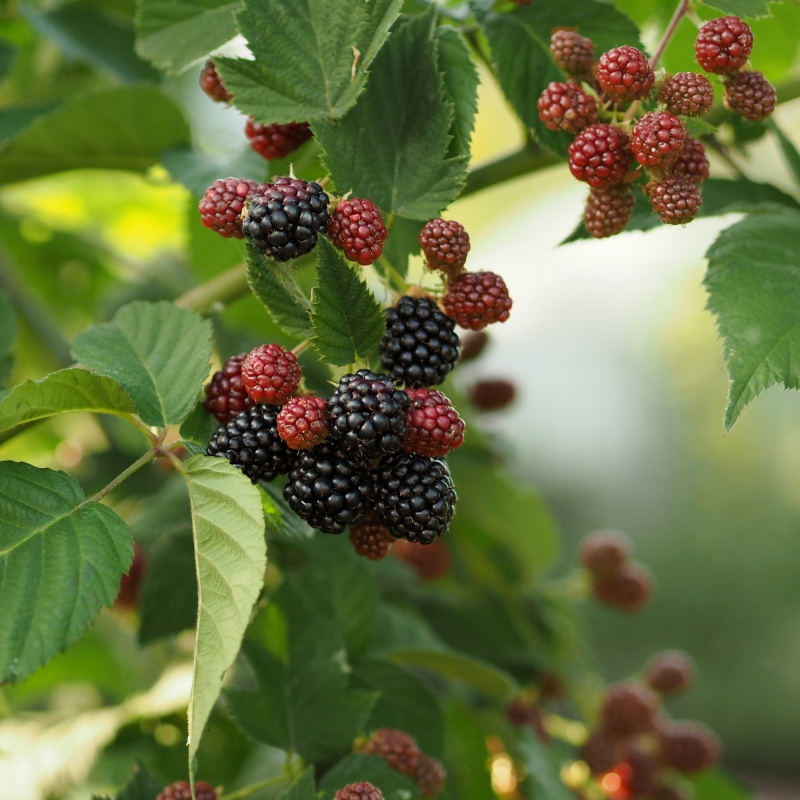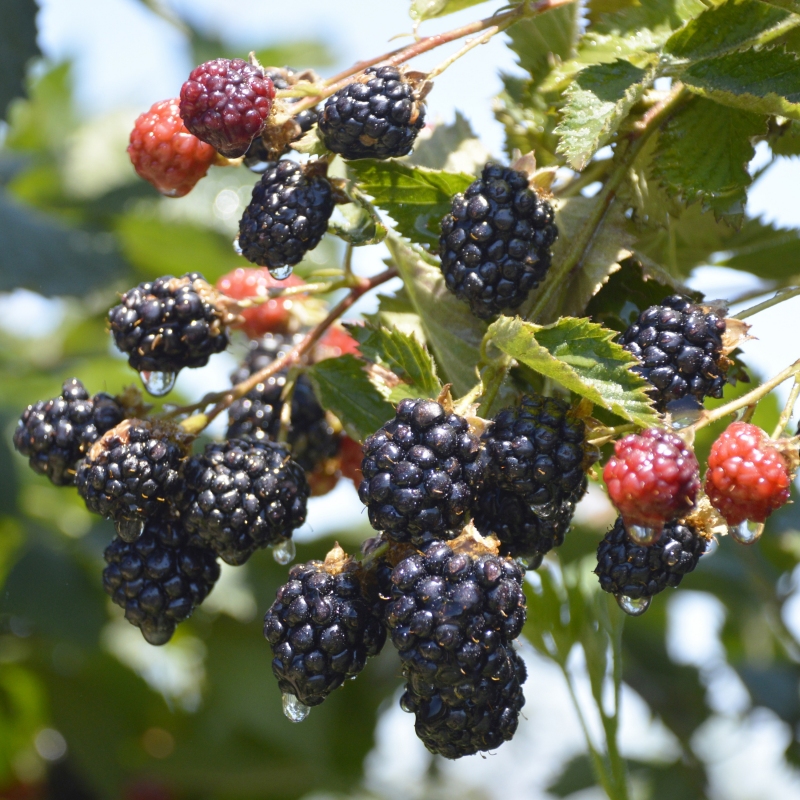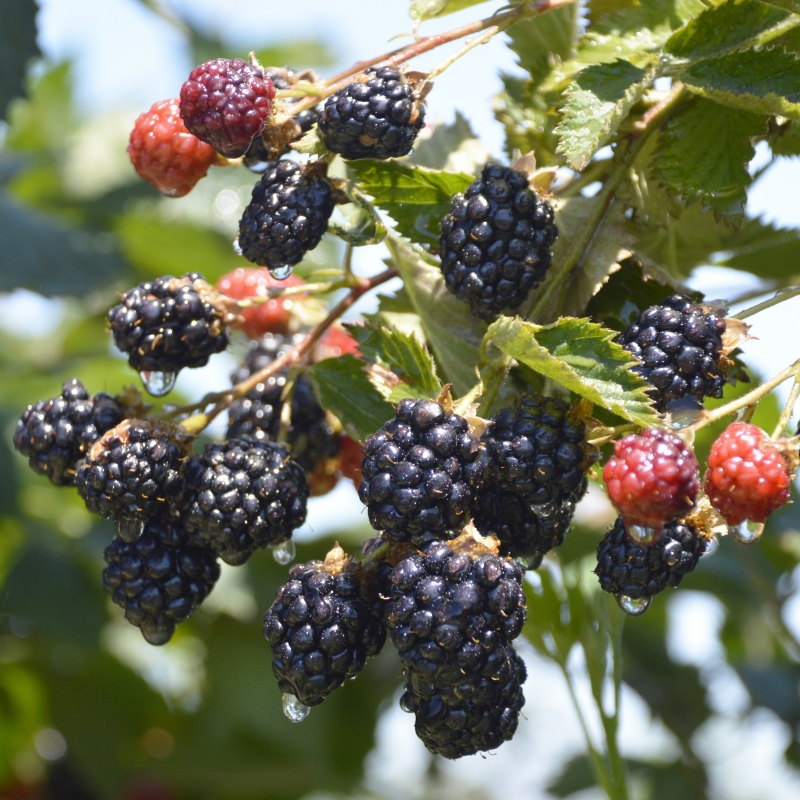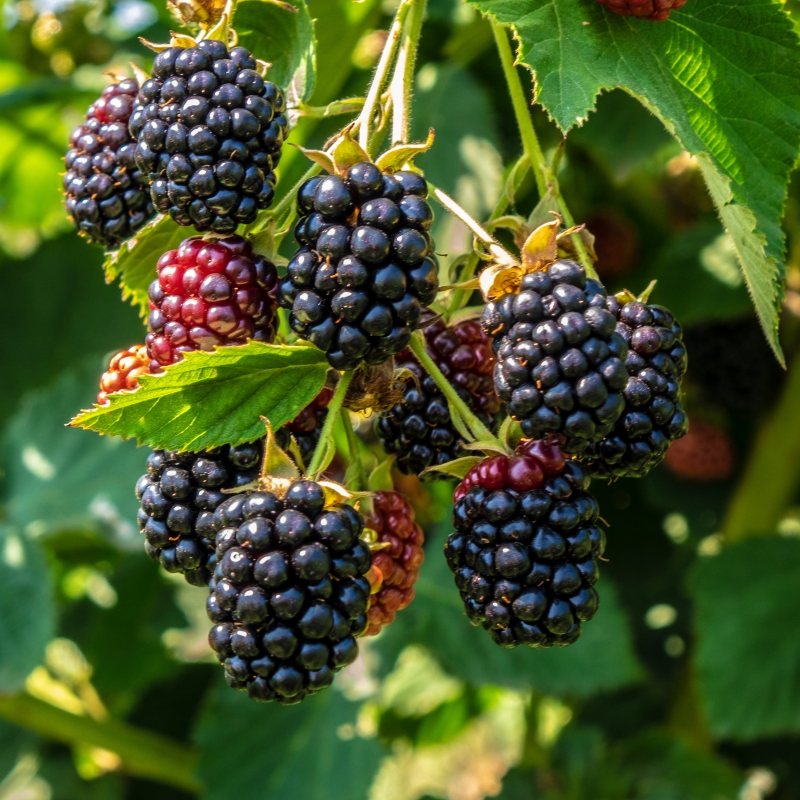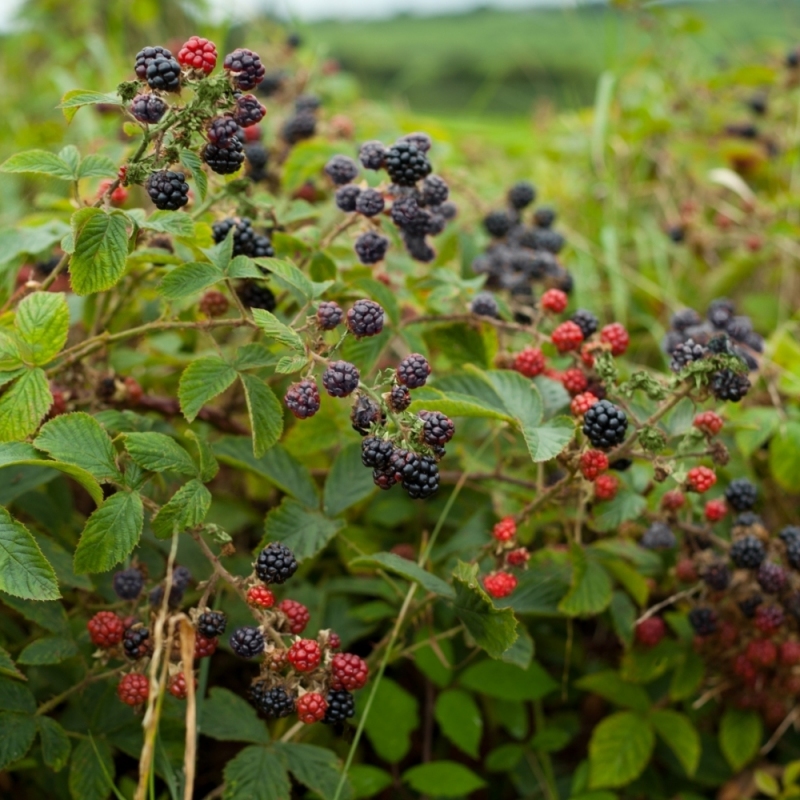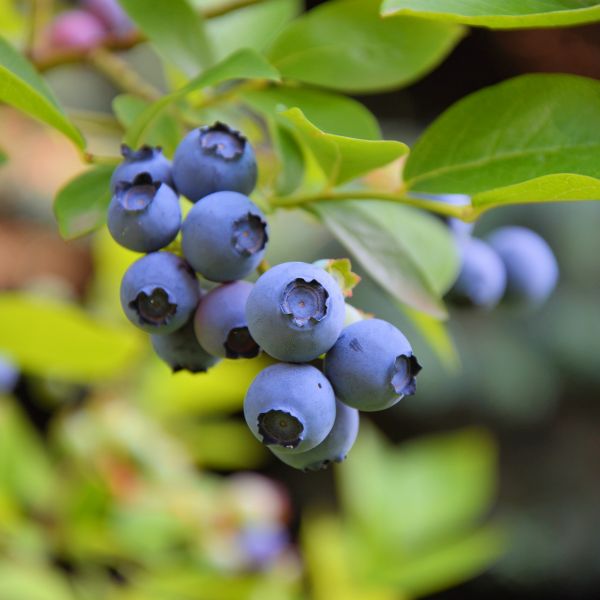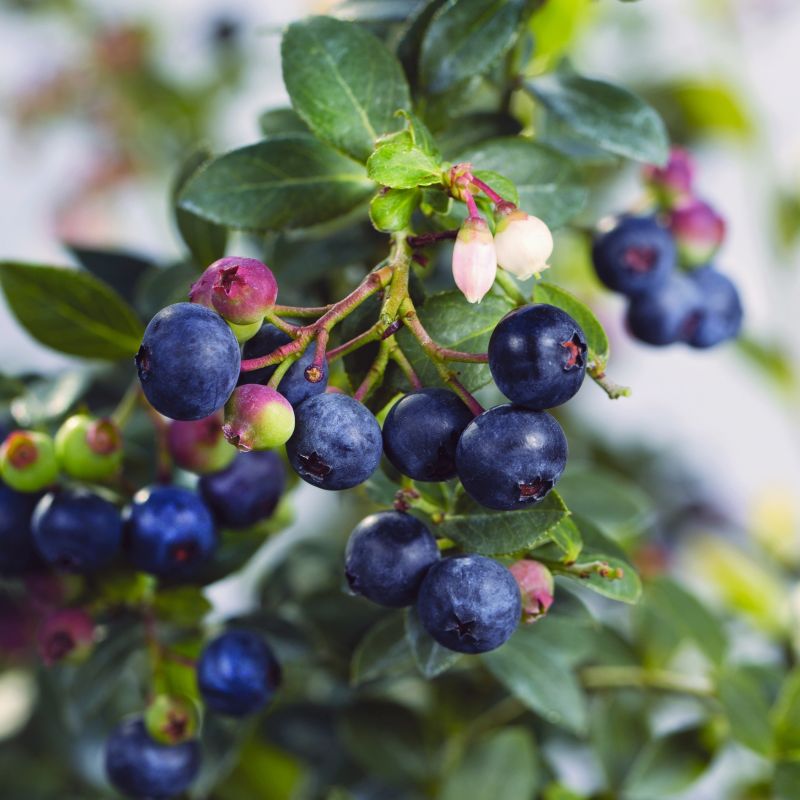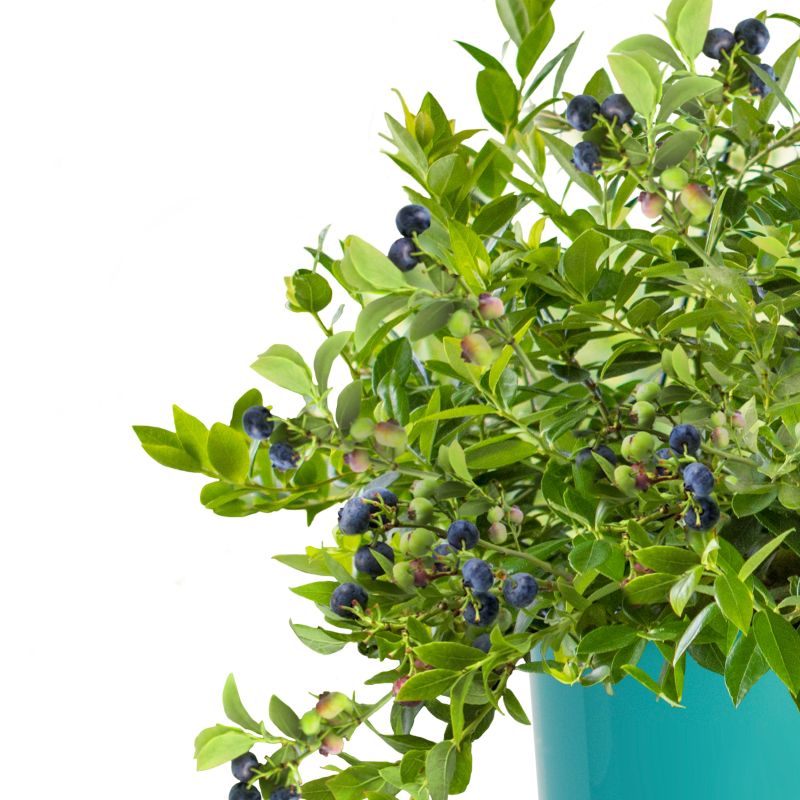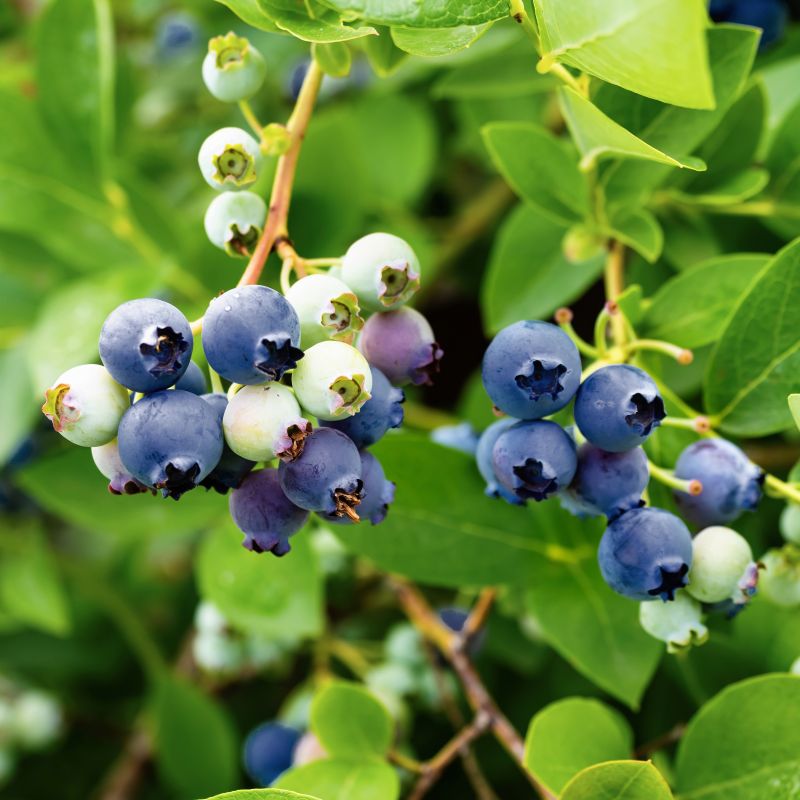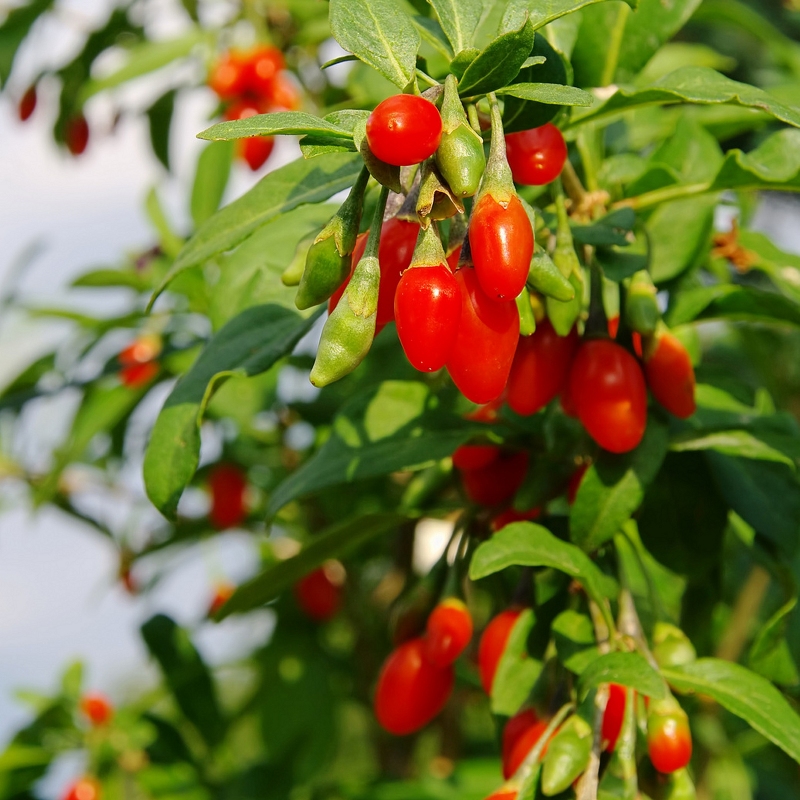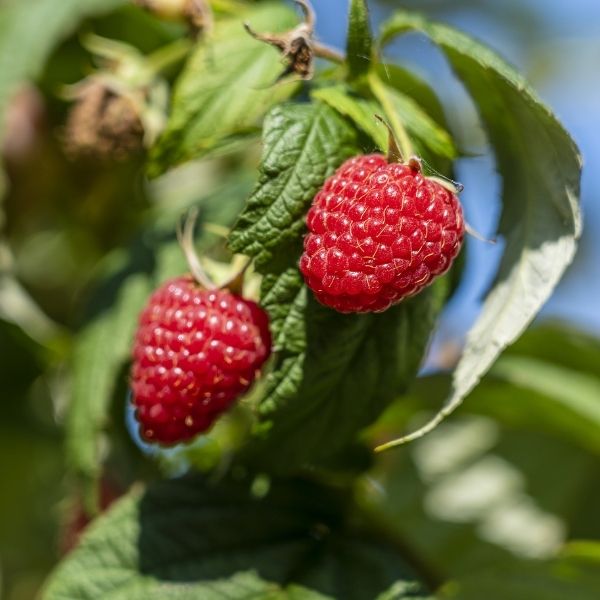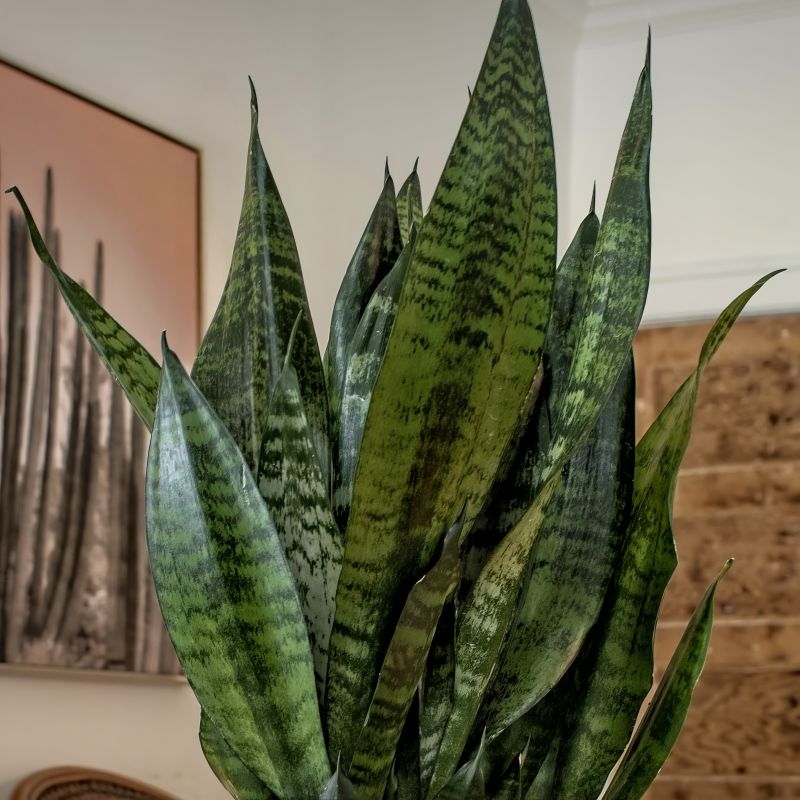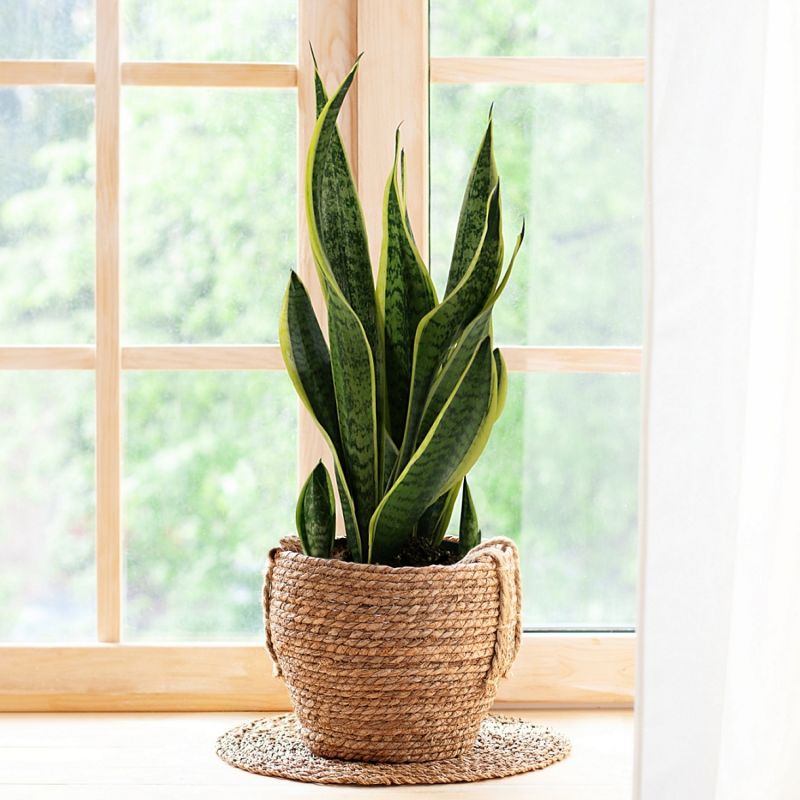

Rose Nectarine Tree
Prunus persica var. nucipersica 'Rose'
17 reviews


Rose Nectarine Tree
Prunus persica var. nucipersica 'Rose'
17 reviews
$115.00
$165.00
30% Off
2.5 Gallon 4-5 Feet
We are sorry, product is currently out of stock due to seasonal availability. Please check the "Related plants available in your area" section below
Why Rose Nectarine Tree?
The Rose Nectarine Tree (Prunus persica var. nucipersica 'Rose') is a variety of nectarine tree known for its stunning pink flowers and delicious fruit. It requires a well-drained soil and full sun exposure to thrive. This tree is popular among gardeners due to its compact size and relatively easy maintenance. Its beautiful blossoms also make it an attractive addition to any landscape.
Related plants available in your area
Sunlight
Rose nectarine trees require full sunlight in order to thrive and produce fruit.
Watering
Rose Nectarine Trees require regular deep watering, especially during the hotter months. The soil should be kept consistently moist, but not waterlogged, to promote healthy growth and fruit production.
Fertilizing
The fertilizer requirement for a Rose Nectarine Tree typically includes a balanced fertilizer with a ratio of 10-10-10 or 14-14-14. It is recommended to apply the fertilizer in early spring and again in late spring or early summer.
Rose Nectarine Tree (Prunus persica var. nucipersica 'Rose')
The Rose Nectarine Tree, scientifically known as Prunus persica var. nucipersica 'Rose', is a beautiful and fruitful tree that adds a touch of elegance to any garden or orchard. This particular variety of nectarine tree features stunning pink blooms and delicious, aromatic fruits.
Features:
- Blooms: The Rose Nectarine Tree boasts an abundance of showy pink blossoms in the spring, creating a picturesque display that attracts bees and other pollinators.
- Fruits: As summer progresses, the tree produces medium to large-sized nectarines with a smooth skin and a vibrant, reddish-pink color. The fruits have a juicy, sweet flesh and a distinct nectarine flavor, making them a delightful treat when eaten fresh or used in various culinary applications.
- Size and Shape: This deciduous tree typically reaches a mature height of 15 to 20 feet, with a spread of 12 to 15 feet. It has an upright, compact growth habit, making it suitable for both large and small landscapes.
- Foliage: The Rose Nectarine Tree has attractive, deep green foliage that provides a lovely backdrop to the striking flowers and fruits.
- Hardiness: This variety is known for its excellent cold hardiness, tolerating temperatures down to -20°F (-29°C). It thrives in USDA Hardiness Zones 5 to 9, making it suitable for a wide range of climates.
Care:
To ensure the health and productivity of your Rose Nectarine Tree, follow these care guidelines:
- Planting: Choose a sunny location with well-draining soil. Dig a hole slightly larger than the root ball, place the tree in the hole, and backfill with soil. Water thoroughly after planting.
- Watering: Nectarine trees require regular watering, especially during dry periods. Keep the soil consistently moist but avoid overwatering, as it can lead to root rot.
- Fertilization: Feed your tree with a balanced, organic fertilizer in early spring and again in late summer to promote healthy growth and fruit production.
- Pruning: Prune your Rose Nectarine Tree during the dormant season to remove dead or diseased branches and to maintain its shape. Proper pruning also helps improve air circulation and sunlight penetration.
- Pest and Disease Control: Monitor your tree regularly for common pests such as aphids and peach tree borers. Use appropriate insecticides and fungicides as needed to protect against diseases like peach leaf curl.
With its stunning blossoms, delectable fruits, and manageable size, the Rose Nectarine Tree is an excellent addition to any garden or orchard. Whether grown for its ornamental value or its tasty harvest, this tree is sure to bring beauty and flavor to your outdoor space.
Plant Information:
| Botanical Name: | Prunus persica var. nucipersica 'Rose' |
| USDA Zones: | 6-9 |
| Water: | Medium |
| Exposure: | Full Sun |
| Soil Needs: | Well Drained Soil |
| Mature Height: | 12 - 15 feet |
| Mature Spread: | 10 - 12 feet |

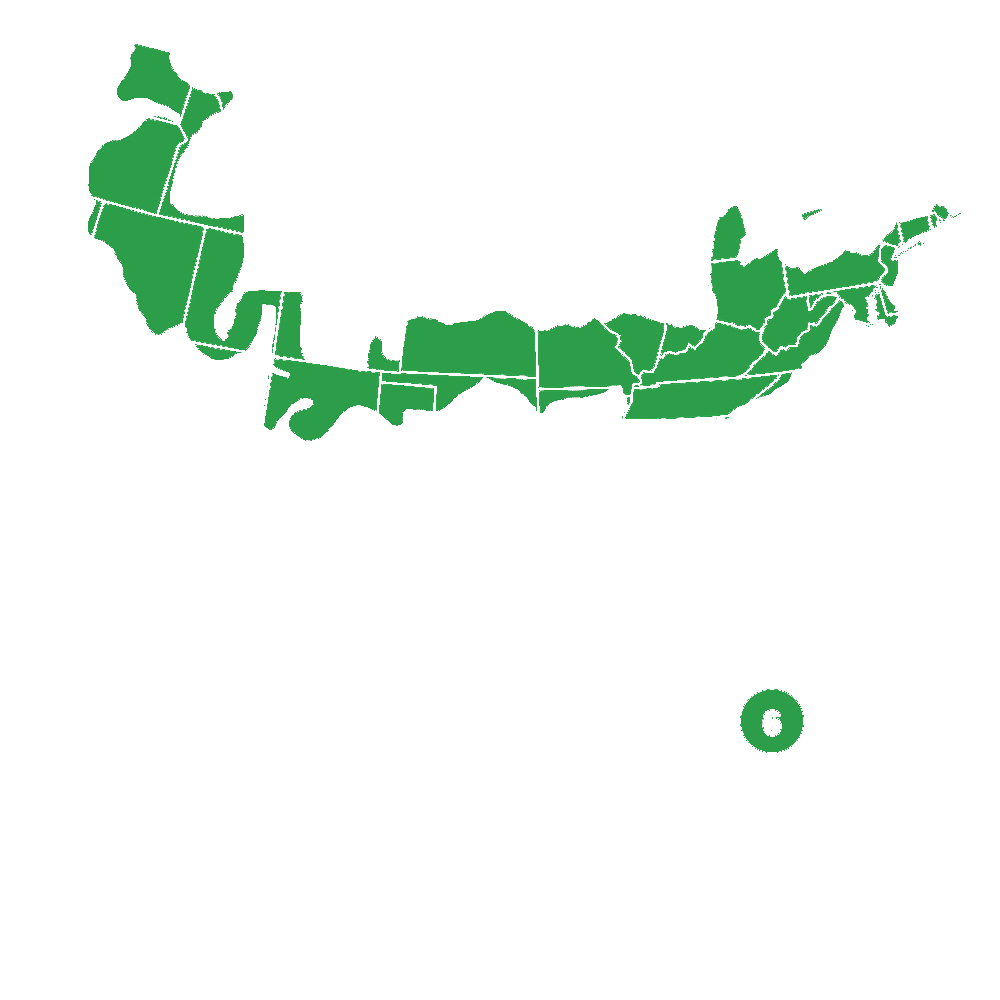

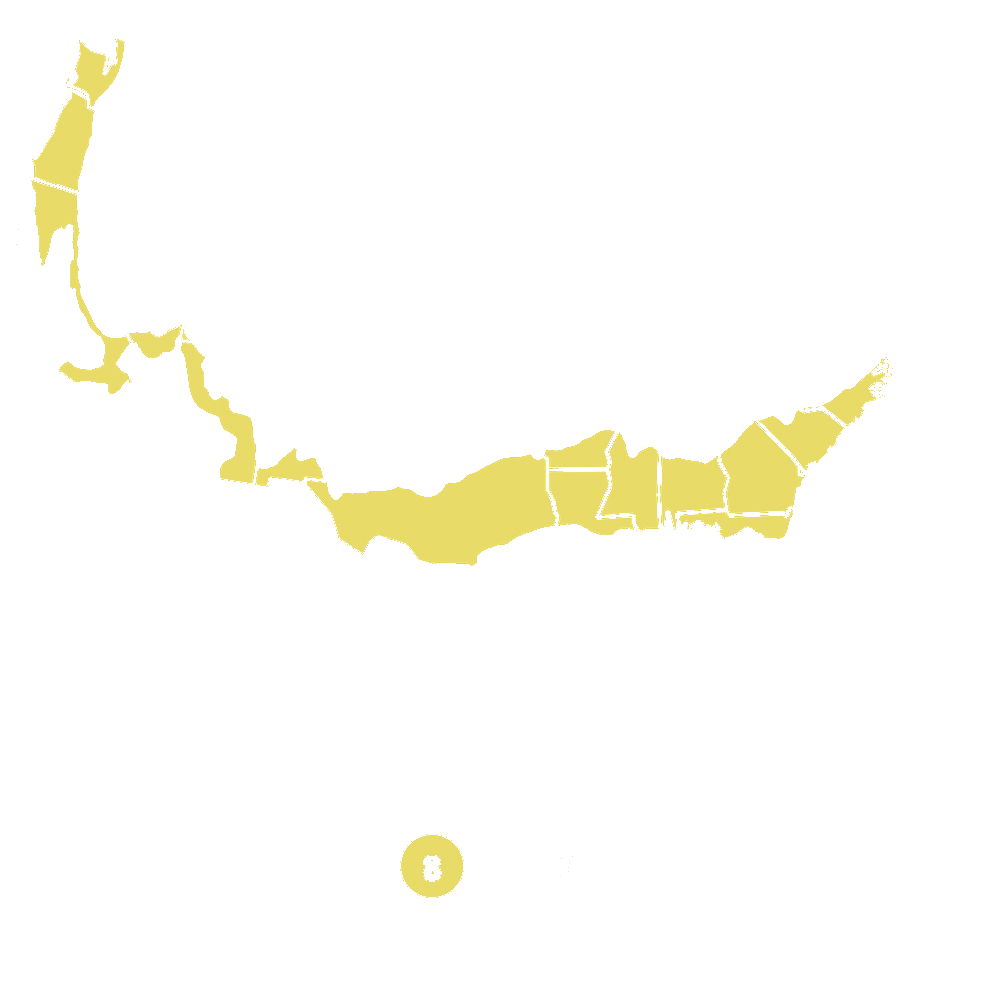
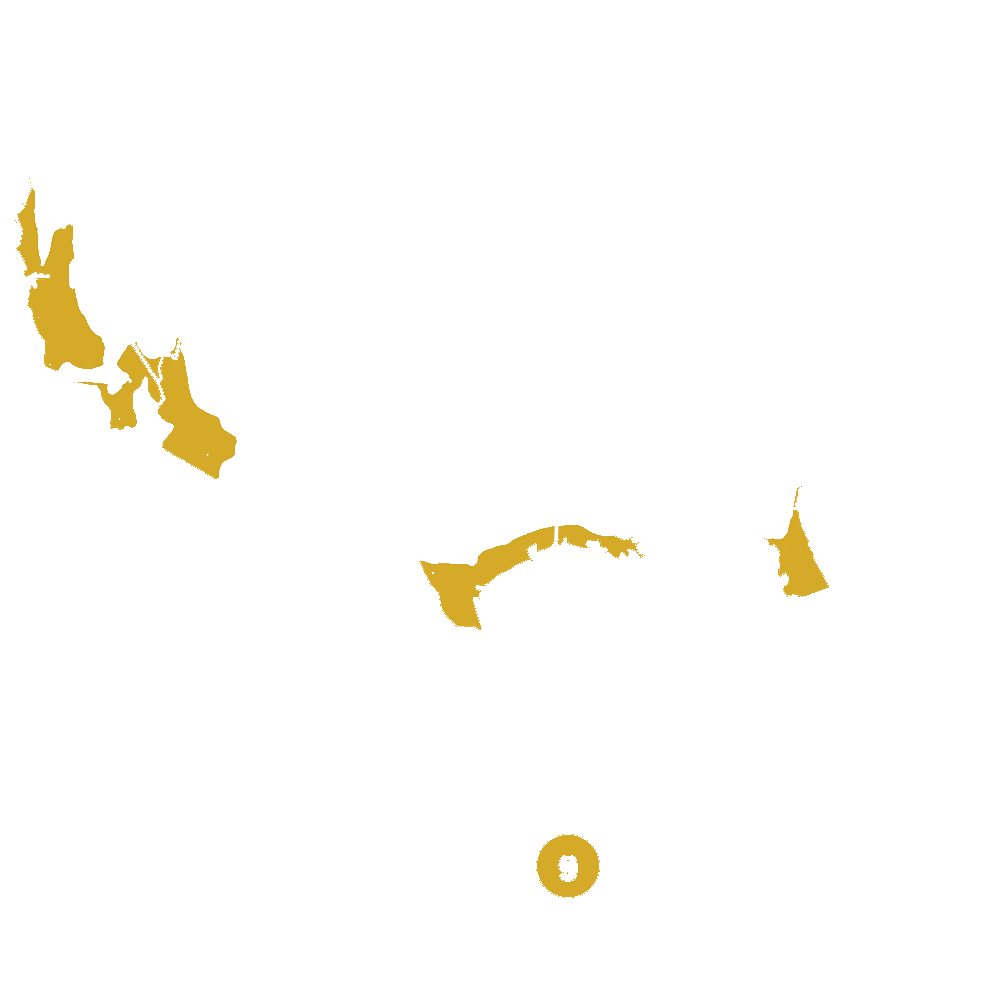
Pollination Info
Pollination Information for Rose Nectarine Tree
- Scientific Name: Prunus persica var. nucipersica 'Rose'
- Common Name: Rose Nectarine Tree
Pollination Requirements
The Rose Nectarine Tree is self-fertile, meaning it does not require cross-pollination from another tree to set fruit. However, having a compatible pollinator nearby can potentially increase the yield and quality of the fruits.
Pollination Process
The Rose Nectarine Tree relies on insect pollinators, primarily bees, for successful pollination. When the tree blooms, it produces attractive flowers that contain both male stamens (producers of pollen) and a female pistil (receives pollen and forms the fruit). Bees visit these flowers to collect pollen and nectar, and as they move from flower to flower, they inadvertently transfer pollen from the stamens to the pistil, initiating fertilization.
Pollination Time
The best time for pollination of the Rose Nectarine Tree is during the spring when the tree is in full bloom. This is usually when temperatures are mild and bees are most active. It is important to ensure the presence of bees during this time to optimize pollination.
Pollinator Selection
While the Rose Nectarine Tree is self-fertile, having a compatible pollinator nearby can potentially enhance fruit set and improve overall yield. Suitable pollinators for Rose Nectarine Trees include other varieties of nectarine trees, peach trees, or even almond trees since they belong to the same genus, Prunus. It is recommended to select pollinators that bloom around the same time as the Rose Nectarine Tree to ensure maximum compatibility and pollination success.
FAQ
FAQ - Rose Nectarine Tree (Prunus persica var. nucipersica 'Rose')
Q: What is a Rose Nectarine Tree?
A: The Rose Nectarine Tree, scientifically known as Prunus persica var. nucipersica 'Rose', is a fruit-bearing tree that belongs to the Rosaceae family. It produces delicious, juicy nectarines with a unique rose-like flavor.
Q: How tall does a Rose Nectarine Tree typically grow?
A: Rose Nectarine Trees are usually small to medium-sized trees, reaching a height of about 10-15 feet in maturity. However, their growth can be controlled through pruning and training techniques.
Q: What is the ideal climate for growing a Rose Nectarine Tree?
A: These trees prefer warm, temperate climates. They thrive in areas with long, hot summers and cool winters. Generally, they require a chilling period during winter to set fruit properly.
Q: How much sunlight does a Rose Nectarine Tree need?
A: Rose Nectarine Trees require full sun exposure to produce the best quality fruit. They need at least 6-8 hours of direct sunlight per day.
Q: Can a Rose Nectarine Tree tolerate frost?
A: While Rose Nectarine Trees can tolerate mild frosts, they are not very frost-hardy. It is recommended to protect them during freezing temperatures to prevent damage to flowers and fruit.
Q: When does the Rose Nectarine Tree bear fruit?
A: The Rose Nectarine Tree typically bears fruit in late spring to early summer, depending on the climate and growing conditions. It usually takes 2-3 years for newly planted trees to start producing fruit.
Q: How do I care for a Rose Nectarine Tree?
A: Here are some basic care requirements for a Rose Nectarine Tree:
- Water the tree regularly, especially during hot, dry periods.
- Apply a balanced fertilizer in early spring and again after the fruit is harvested.
- Prune the tree during winter to maintain shape, remove dead/diseased branches, and promote airflow.
- Protect the tree from frost by covering it or using frost blankets when necessary.
- Watch out for common pests and diseases, such as aphids, peach leaf curl, and brown rot, and take appropriate measures to control them.
Q: Are Rose Nectarines self-pollinating?
A: No, Rose Nectarine Trees are not self-pollinating. They require cross-pollination from another compatible variety, such as a different nectarine or peach tree, to set fruit. Bees and other pollinators help in this process.
Q: How long does it take for Rose Nectarines to ripen?
A: Rose Nectarines usually take around 4-6 weeks from fruit set to reach maturity and become ripe for harvesting. The exact timing may vary depending on the weather and growing conditions.
Q: Can I grow a Rose Nectarine Tree in a container?
A: Yes, it is possible to grow a Rose Nectarine Tree in a container, provided it is a large enough container with proper drainage. However, container-grown trees generally require more frequent watering and regular fertilization.
Planting & Care
Planting and Care Guide for Rose Nectarine Tree
Planting:
- Choose a location with well-draining soil and full sun exposure.
- Dig a hole that is twice as wide and equally deep as the root ball.
- Gently remove the tree from its container and place it in the hole.
- Backfill the hole with soil, ensuring that the root flare is level with the ground surface.
- Water thoroughly to settle the soil and eliminate any air pockets.
- Apply a layer of organic mulch around the base of the tree, keeping it a few inches away from the trunk.
Watering:
- Keep the soil consistently moist, especially during the first year after planting.
- Water deeply and thoroughly, allowing the water to penetrate the root zone.
- Avoid overwatering or allowing the tree to sit in waterlogged soil.
- During hot and dry periods, regular watering may be required to prevent stress.
Fertilizing:
- Apply a balanced fertilizer specifically formulated for fruit trees in early spring.
- Follow the manufacturer's instructions for the appropriate dosage.
- Avoid over-fertilizing, as this can lead to excessive foliage growth instead of fruit production.
Pruning:
- Prune the tree in late winter or early spring when it is still dormant.
- Remove any dead, damaged, or diseased branches.
- Thin out crowded branches to improve air circulation and sunlight penetration.
- Remove any crossing or rubbing branches.
- Prune to maintain a balanced shape and size, taking care not to remove more than one-third of the tree's growth in a single season.
Pest and Disease Control:
- Regularly inspect the tree for signs of pests such as aphids, scale insects, or caterpillars.
- Use insecticidal soap or horticultural oil as directed to control minor infestations.
- Monitor for common diseases like brown rot, leaf curl, or powdery mildew.
- Apply appropriate fungicides when necessary, following the instructions on the product label.
Harvesting:
- Harvest the nectarines when they are fully ripe and have developed their characteristic color.
- Gently twist or cut the fruit from the branch, being careful not to damage the surrounding branches or buds.
- Enjoy the delicious rose nectarines fresh or use them in various culinary applications.
Check Out These Verified Customer Reviews:
Customer Reviews
4.7 out of 5 based on 17 reviews
Thank you! Your review has been submitted.
The tree was packed with care and arrived quickly. Very happy with the shipment experience.
High-quality tree, exceeded my expectations.
The quality of the tree exceeded my expectations. I can't wait to see it bloom!
Item has been added to your cart.



